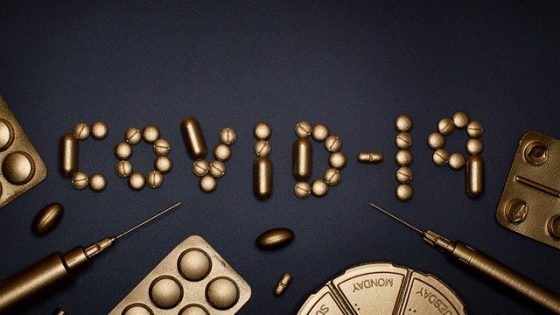cART
Treatment that uses a combination of three or more drugs to treat HIV infection. cART stops the virus from making copies of itself in the body. This may lessen the damage to the immune system caused by HIV and may slow down the development of AIDS. It may also help prevent transmission of HIV to others, including from mother to child during birth. Also called combination antiretroviral therapy, HAART, and highly active antiretroviral therapy.
cartilage
A tough, flexible tissue that lines joints and gives structure to the nose, ears, larynx, and other parts of the body.
carvedilol phosphate
A drug used to treat high blood pressure and certain heart problems. It is also being studied in the prevention and treatment of side effects caused by some anticancer drugs. Carvedilol phosphate blocks certain receptors on nerve cells and causes blood vessels to dilate (widen). It is a type of antihypertensive agent and a type of antianginal agent. Also called Coreg.
carzelesin
An anticancer drug that belongs to the family of drugs called alkylating agents.
case management nurse
A registered nurse who has special training in how to plan, manage, and evaluate all aspects of patient care, especially for patients who get treatment over a long time. Also called nurse case manager.
case report
A detailed report of the diagnosis, treatment, and follow-up of an individual patient. Case reports also contain some demographic information about the patient (for example, age, gender, ethnic origin).
case series
A group or series of case reports involving patients who were given similar treatment. Reports of case series usually contain detailed information about the individual patients. This includes demographic information (for example, age, gender, ethnic origin) and information on diagnosis, treatment, response to treatment, and follow-up after treatment.
case-control study
A study that compares two groups of people: those with the disease or condition under study (cases) and a very similar group of people who do not have the disease or condition (controls). Researchers study the medical and lifestyle histories of the people in each group to learn what factors may be associated with the disease or condition. For example, one group may have been exposed to a particular substance that the other was not. Also called retrospective study.
Casodex
A drug used with another drug to treat prostate cancer that has spread to other parts of the body. It is also being studied in the treatment of other types of cancer. Casodex binds to proteins called androgen receptors, which are found in some prostate cancer cells. These proteins bind to androgens (male hormones) and may cause cancer cells to grow. Casodex blocks these proteins and may keep cancer cells from growing. It is a type of antiandrogen. Also called bicalutamide.
caspofungin acetate
A drug used to prevent or treat infections caused by a fungus (a type of microorganism). It belongs to the family of drugs called antifungal agents.













